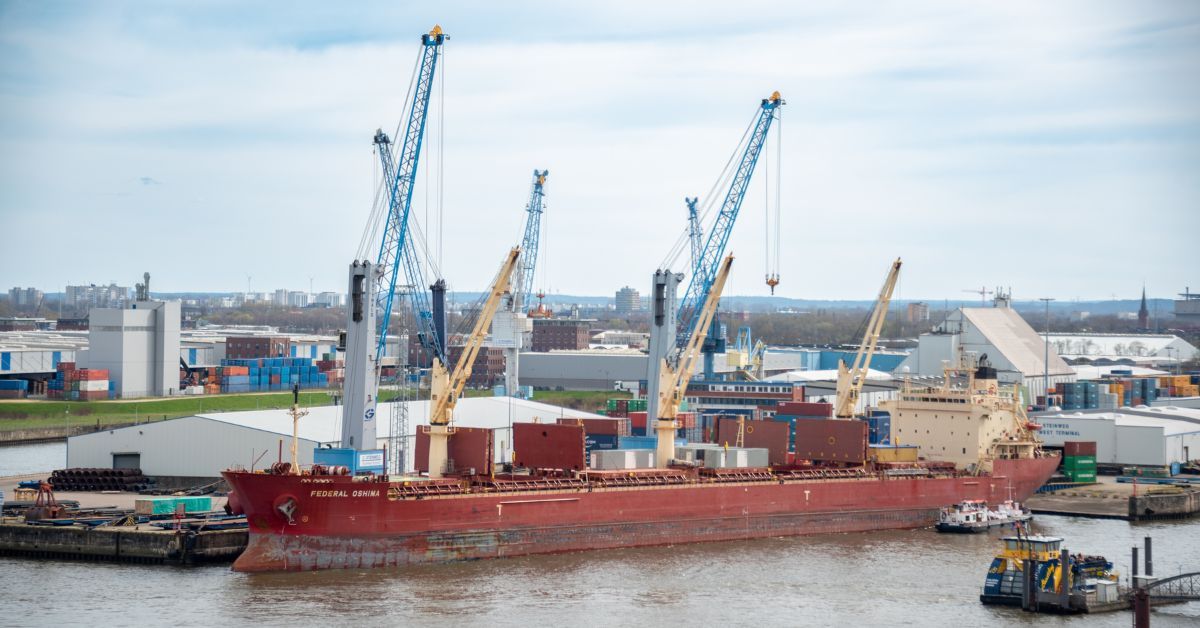Representatives of the Port of Hamburg took this positive development as an opportunity to further intensify relations during a reception in Mumbai. “We are delighted that more than 100 guests accepted our invitation. It shows how important personal dialogue is for maintaining and expanding business relations. Given the positive development of trade relations between India and the Port of Hamburg, we are confident that the exchange of goods will continue to increase,” said Axel Mattern, member of the executive board of Port of Hamburg Marketing (HHM). The event was organised by HHM, the Hamburg Port Authority (HPA), Hamburger Hafen und Logistik AG (HHLA) and a. hartrodt GmbH & Co KG. The hosts received support from the Port of Hamburg Representative Office in Mumbai and the Indo-German Chamber of Commerce, which assisted in organizing the event on-site and attending to the guests.
Presently, eleven liner services connect the Port of Hamburg with India, including five container liner services, three vehicle transport services and three breakbulk services, which also accept heavy cargo. These services link major Indian ports like Nhava Sheva, Mundra, Mumbai, Chennai, Ennore, Kolkata, Cochin, Kandla, Visakhapatnam, Krishnapatnam, Hazira, Haldia, and, starting December 2023, Kattupalli.
Additionally, there are seven container and one multi-purpose liner services to Colombo, Sri Lanka, a vital port for transshipment with India. The average transit time between Hamburg and the Indian subcontinent is approximately two weeks for the west coast and three weeks for the east coast.
With one of the world’s fastest growing economies and a diversified industrial landscape, India offers attractive prospects for German and European companies. Its stable political climate and ongoing economic reforms further bolster its reputation as a dependable trading partner.
The deepening trade ties between Germany’s premier port and India not only underscore successful collaboration but also signal the potential for continued growth and mutual reinforcement of both economic regions.







